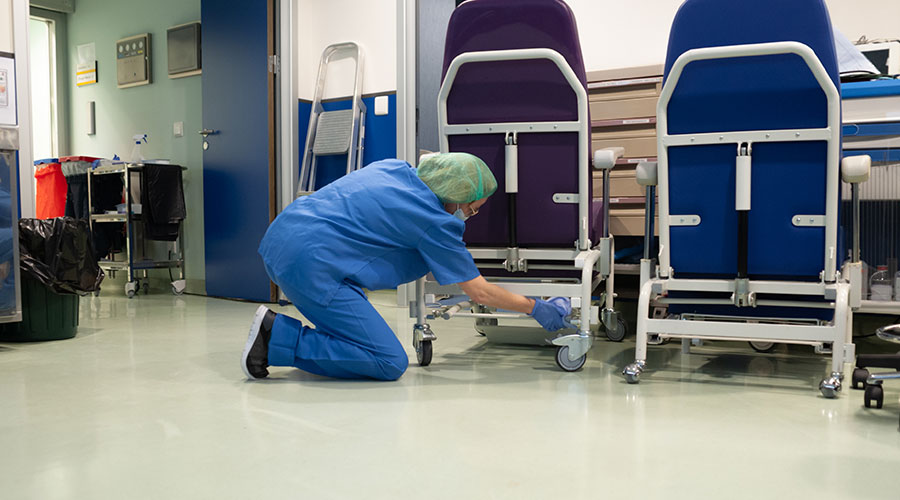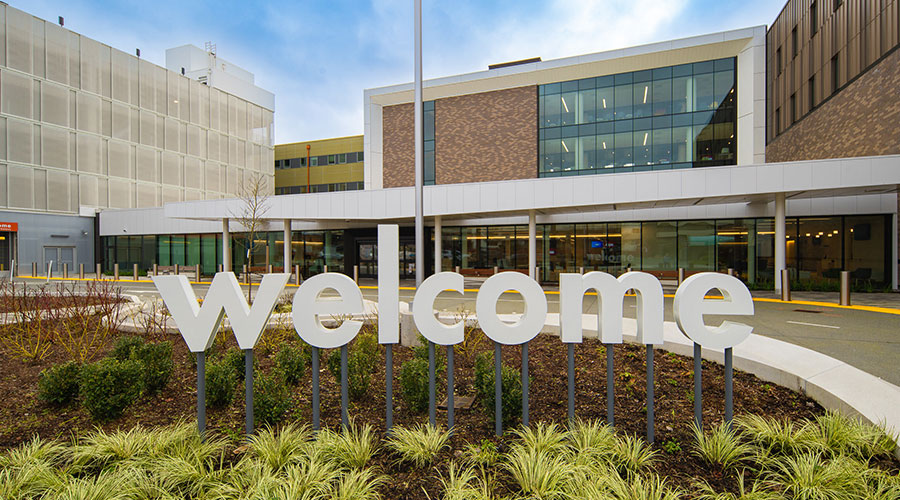Lights can have a myriad of effects on staff, with some lighting making them tired and worn out more easily. However, newer lighting technology has been developed to address these issues to reduce strain and fatigue. In this manufacturer roundtable, Healthcare Facilities Today speaks with lighting manufacturers about how lighting affects staff efficiency and comfort.
How can lighting affect staff efficiency and comfort?
“LED lighting helps employees stay alert and focused during extended or night shifts. It can be personalized for visual comfort, reduce fatigue and eye strain, and improve overall mood. Adequate lighting is crucial in operating rooms and laboratories to ensure clear perception and safe procedures.”
— Ron Farmer, chief executive officer, US LED
“LED lighting upgrades dramatically improve staff members’ general alertness, efficiency levels and even their ability to successfully execute procedures requiring visual precision. Carefully thought-out color temperature variants, strategically installed throughout working environments, greatly improves both staff comfort and their work satisfaction levels. Since most healthcare facilities are in operation 24/7, lighting can also be leveraged to improve staff members’ natural circadian rhythm patterns to help lessen often associated stress while working non-standard shifts.”
— Rob Schmitz, marketing director, Toggled
“Lighting in healthcare facilities plays a crucial role in enhancing staff efficiency and comfort, especially for caregivers who often work 12-hour shifts, sometimes during night hours. To support their performance and well-being, lighting systems need to be designed with careful consideration of their needs. One of the most significant aspects is the ability to align lighting with circadian rhythms. Caregivers working during the night benefit from lighting that mimics natural daylight to help them stay alert. At the start of their shifts, cooler and brighter light helps increase productivity. As they approach the end of their shifts, transitioning to warmer, dimmer light helps them prepare for rest, supporting their natural sleep cycles.
Ease of lighting control is also vital. Having intuitive lighting controls standardized across rooms can greatly streamline their tasks. For example, placing wall controllers in the same location in every patient room allows caregivers to adjust the lights quickly, saving time and reducing cognitive load. This consistency enhances overall efficiency, especially when managing multiple rooms.
Nighttime patient care requires careful lighting considerations as well. Caregivers need enough light to observe patients without fully illuminating the room, which could disturb patients’ sleep.
Low-level lighting provides the necessary visibility while maintaining a restful environment for the patient.
In workspaces like nursing stations, task-specific lighting is crucial. Properly directed task lighting, such as undercabinet lights, helps caregivers perform detailed tasks like charting without the glare from overhead fixtures. This improves both focus and comfort during long shifts.
In procedural areas, specialized lighting such as green LED lighting is becoming more common. Green lighting minimizes glare on monitors and enhances visual acuity by increasing contrast, which is particularly helpful during surgeries or diagnostic procedures. This reduces eye strain and allows caregivers to perform their tasks with greater precision and accuracy.”
— Tommy Nichols, LC, business development director for healthcare, Acuity Brands
Jeff Wardon, Jr., is the assistant editor for the facilities market.

 Seeking Standards for Microbial Loads in Healthcare Facilities
Seeking Standards for Microbial Loads in Healthcare Facilities UCR Health Unveils Plans for Major Expansion
UCR Health Unveils Plans for Major Expansion High-Performance Windows Support Safety at UW Medicine's New Behavioral Health Center
High-Performance Windows Support Safety at UW Medicine's New Behavioral Health Center Central Maine Healthcare Dealing with IT System Outage
Central Maine Healthcare Dealing with IT System Outage Kaiser Permanente Opens Newly Expanded Everett Medical Center
Kaiser Permanente Opens Newly Expanded Everett Medical Center